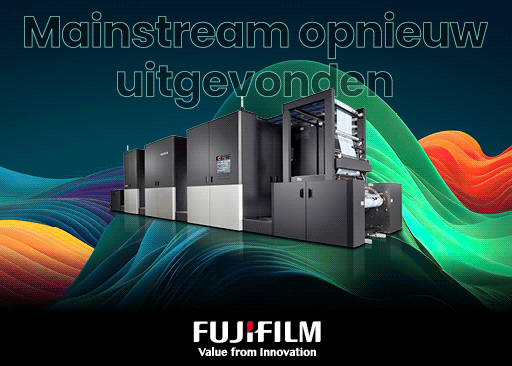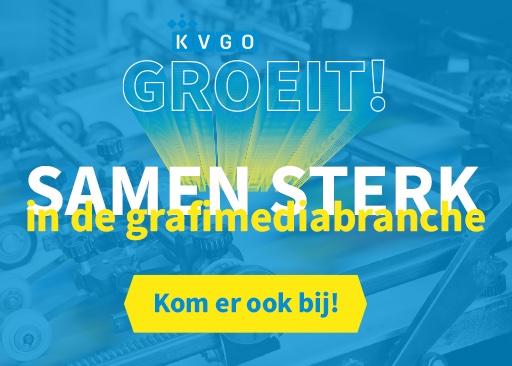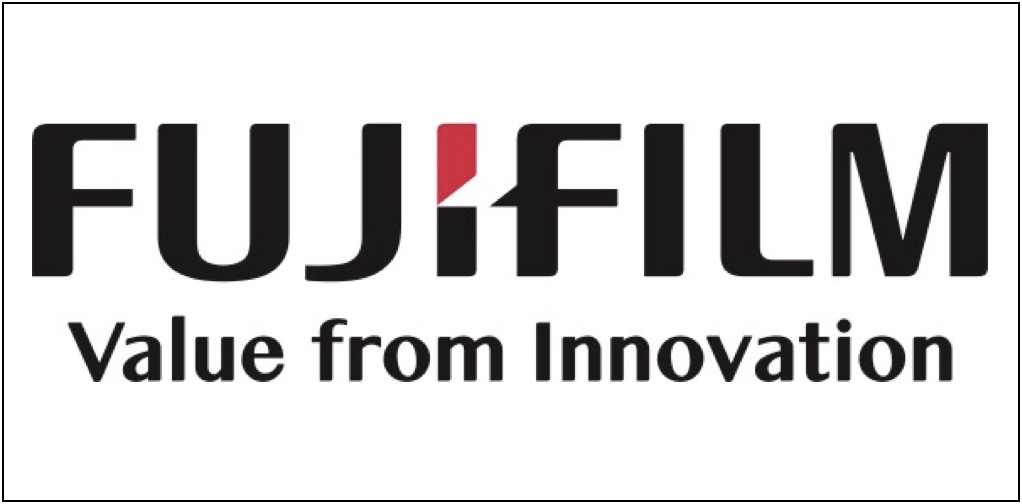Wild Format Series 3 # 2: Laurel Brunner: ISO standards for Wide Format Printing
 The topic of ISO standards is pretty dreary, but it’s a subject that can make a difference to the success of your wild format projects. Standards published by the International Standards Organisation are created and developed by people like you. It’s a cooperative and consensual process rooted in local groups who come up with ideas for how something can benefit from standardisation, such as dimensions in building or data formats. People notice how common worries might be resolved with a standardised process or set of requirements. Someone comes up with an idea for how to simplify fixing a problem, they share it, refine and improve it, and ISO eventually publishes a document. Then anyone can use that standard and apply it for their circumstances.
The topic of ISO standards is pretty dreary, but it’s a subject that can make a difference to the success of your wild format projects. Standards published by the International Standards Organisation are created and developed by people like you. It’s a cooperative and consensual process rooted in local groups who come up with ideas for how something can benefit from standardisation, such as dimensions in building or data formats. People notice how common worries might be resolved with a standardised process or set of requirements. Someone comes up with an idea for how to simplify fixing a problem, they share it, refine and improve it, and ISO eventually publishes a document. Then anyone can use that standard and apply it for their circumstances.
That’s a very simplistic narrative to describe what is actually a convoluted and often tedious process. For ISO consensus is all, but getting everyone in all participating nations to agree with a given solution takes time. It also takes patience. Lots and lots and lots of patience.
Why should I care?
So why should this matter to you, as you start planning your wild format printing project? For a start it means that you can be reassured that ISO standards are available to help the folks doing your production to get it right. But standards are there for you too, not just for the companies offering services.
ISO 9001 – Quality Management Systems
ISO 9001 outlines requirements for quality management systems and is ISO’s bestseller, so you see this number all over the place. From plumbers and bricklayers to high street brands, everyone can benefit from ISO 9001. It’s based on the brilliant observation that you can make any process better, if you keep reviewing and improving it, so that it continually evolves.
The underlying principle of ISO 9001 is the cycle of plan, do, check and act. You start by working out what you want to achieve and you come up with a plan for achieving it. You then follow the plan, check what things have worked and what things haven’t and then figure out a way to improve the plan for the next project. The basic principle is simple enough, but companies who can prove compliance to ISO 9001 will have jumped through a couple more hoops. The first and most important is that everything they do is based on facts, normally based on proper measurements and analysis. Actions taken, checks made and approvals should be documented so you can track that a product has been made according to specifications. They can also demonstrate that they have management structures in place to support it. And they will have documented management engagement and risk assessment processes. For a company it’s about good business practices, so that customers like you don’t have to bother with the details. All you need to know is that a business achieving ISO 9001 has a mark of quality, a gold star double tick proving their competence. If a company claims that it delivers superior print quality, that ISO 9001 badge confirms that it really can. If it cannot, the certification could be withdrawn which would be bad news for that printing company’s marketing department.
You can use ISO 9001 principles in your work. Plan what you want to do, do it and then review how things went. If there are parts of your plan and its execution that could be improved, weave the improvements in for your next wild format project.
Companies use ISO 9001 to show that they can consistently deliver products and services that meet legal requirements. Independent auditors check that companies have systems in place to control the four stages of the cycle, and that processes continuously improve. If your print service provider has an ISO 9001 certificate you can be reasonably confident that the work they do for you will be up to scratch.
If you want even more security, ask your print service provider about ISO 12647 which defines the printing condition parameters for various print processes. This multi-part standard assures colour print output quality levels according to the printing method, say screen printing or offset, often the reference for digital printing quality. ISO technical committee working groups have recently started work on a part for printing on metal,
ISO 12647 parts
ISO 12647-1
Series parameters and control methods.
ISO 12647-2
Process control for offset printing.
ISO 12647-3
Process control for coldset offset printing on newsprint.
ISO 12647-4
Process control for publication gravure printing.
ISO 12647-5
Process control for screen printing.
ISO 12647-6
Process control for flexo printing.
ISO 12647-7
Process control for proofing processes working with digital data.
ISO 12647-8
Process control for validation processes with digital data.
ISO 12647-9
Process control for metal decoration printing.
There are many parts to the ISO 12647 standard, how- ever the one that is most widely used is part two, for offset printing. Part 2 is also the reference that confirms a digital printing system can produce output equivalent to offset printing.
Laurel Brunner
This article was produced by the Verdigris project, an industry initiative intended to raise awareness of print’s positive environmental impact. This weekly commentary helps printing companies keep up to date with environmental standards, and how environmentally friendly business management can help improve their bottom lines. Verdigris is supported by the following companies: Agfa Graphics, EFI, Fespa, HP, Kodak, Kornit, Ricoh, Spindrift, Splash PR, Unity Publishiung and Xeikon.
De trainingen voor 2022 staan gereed. Kijk voor het volledige online aanbod van bestaande- en nieuwe trainingen op de website.
BLOKBOEK.COM EN PRINTMEDIANIEUWS: HET OPTIMALE DOELGROEP BEREIK






















